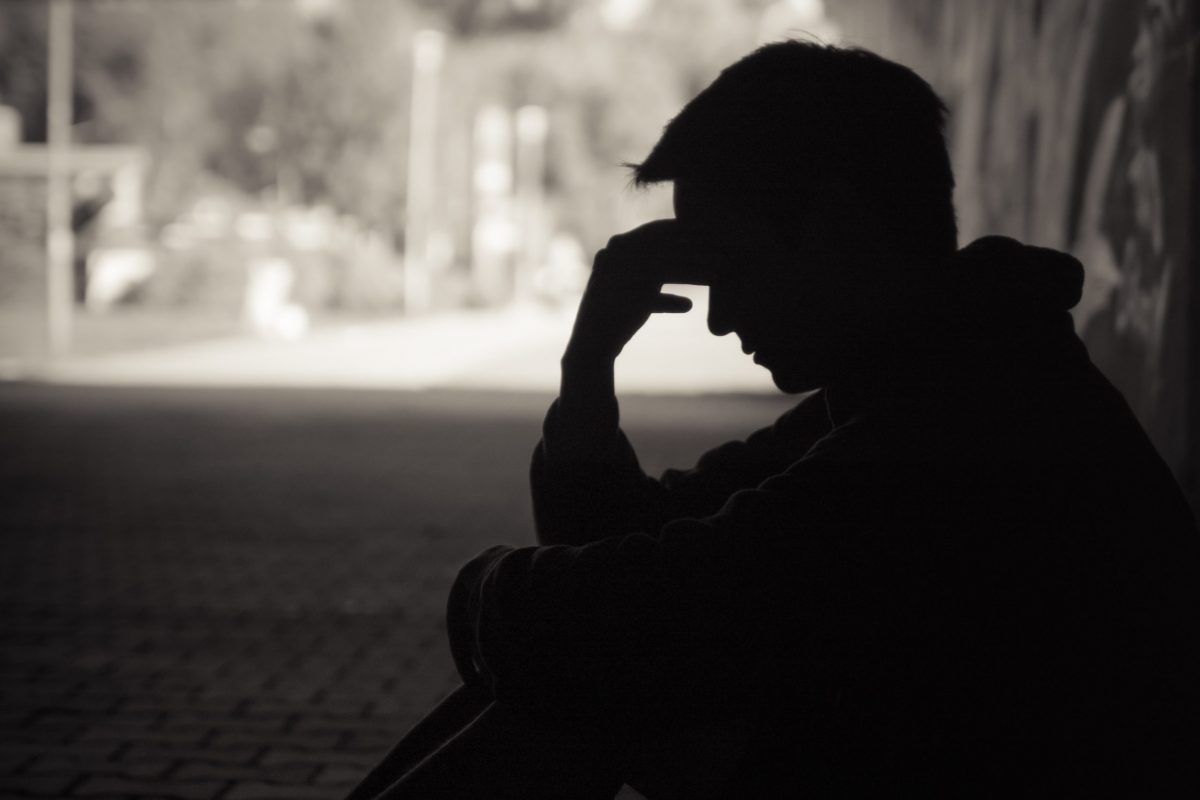To quit cold turkey means to stop doing something abruptly without help from a professional and use replacement medications. When someone says they will quit cold turkey, they aren’t usually smiling with joy. That’s because they know the awful, sometimes painful symptoms that follow quitting something abruptly, like an addiction or substance abuse problem.
It is the withdrawal symptoms that cause most people to relapse on whatever their drug of choice.
If you have ever tried to quit sugar or caffeine, you know the headaches, goosebumps, chills, nausea, and irritability that set in within six hours of not having them. For many, it doesn’t take much longer than that to use sugar and caffeine again.
When someone wants to quit misusing alcohol or drugs cold turkey, they will experience much harsher withdrawal symptoms. Depending on their drug of choice, quitting cold turkey can be more dangerous than continuing to use the substance.
Some think quitting cold turkey is about willpower when it is only about the brain’s reaction to not having what it wants.
Quitting Cold Turkey and The Brain
Your brain is the main reason you have a substance use disorder. It is also the reason it is so hard to quit cold turkey. Each time you consumed drugs or alcohol, it traveled through your bloodstream to your brain, signaling a release of chemical neurotransmitters into the reward center of the brain. As dopamine, serotonin, and norepinephrine are released, you feel pleasure like you have never felt before. Your brain is happy.
When the substances begin to leave your body after a few hours, your brain notices and sends signals or withdrawal symptoms, letting you know it wants to get high again. For some, these signals from the brain can be ignored, and they go back to living a non-addicted life. For others, the brain cannot be ignored due to the severity of the withdrawal symptoms. Thus, keeping you in the vicious cycle of seeking, using, and avoiding withdrawal.
Quitting Cold Turkey and Dependence
The first time you use a substance, it doesn’t take much to make you feel high. However, if you continue to use it, you must increase the amount to feel that same high. This process refers to your body’s tolerance.
As your tolerance builds over time, your body starts to believe it needs drugs or alcohol to survive. The brain forgets how to perform ordinary tasks sober. It convinces you if you do not use it, you will die. At this point, you have developed a dependence on the substances.
You will know you are dependent if you try to quit cold turkey (or go without using it for more than five or six hours). Obsessive thoughts, muscle spasms, vomiting, shaking, and many other symptoms are reminders of dependence.
Why Is It Dangerous to Quit Cold Turkey?
Quitting drugs like sugar, tobacco, and caffeine cause discomfort but does not put your life at risk. Withdrawal from other substances, like alcohol and benzodiazepines, is a different story.
When you depend on a substance, all your organs depend on that substance to function. If you quit using it cold turkey, your brain, nervous system, kidneys, etc., may not function properly. You may experience seizures, psychosis, and heart problems.
Another danger of quitting cold turkey is that anytime you stop using something, your tolerance to it decreases. If you never return to drinking or using drugs, a decrease in tolerance is great. If you relapse, it can put you at risk of adverse health events, like an overdose.
The following are examples of additional potential dangers:
- Delirium tremens or DTs
- Seizures
- Irregular heartbeat
- Body tremors
- Stupor, confusion
- Rapid emotional shifts
- Respiratory issues
- Hyperthermia (a body temperature greater than normal)
- Hallucinations
- Vision problems
- Worsening of other conditions
- Catatonia
- Suicide
- Death
How to Overcome Addiction the Right Way
Developing a substance use disorder did not happen quickly. The same is true for recovery, and it does not happen overnight. Many things must occur for recovery to be successful. Your brain must heal and adjust to life without alcohol or drugs. You must learn skills to help you prevent relapse, build support, and accomplish positive life goals.
Overcoming addiction the right way means progressing through a continuum of care that includes detox and medication-assistance treatment to help control withdrawal symptoms and cravings. Some programs use methadone or buprenorphine, both with high success rates.
Detox, Inpatient Rehab, and Residential Services
After completing detox, you can transfer to inpatient rehab or residential services, where you can take the much-needed time to work on your mental and physical health. In rehab, you will attend classes to learn early recovery and relapse prevention skills in individual and group therapy sessions.
Transitional Living
Completing inpatient rehab can be followed by transitional living or a sober house where you can practice your new skills in a sober environment before returning home. You may also choose an intensive outpatient (IOP) or a partial hospitalization program (PHP). Here you spend a specific number of hours in treatment while living at home.
Aftercare Programs and Mental Health Therapy with a Psychiatrist
Treatment continues even after you finish programs like these. With help, you will create an aftercare plan that sets you up for success. If you have a need, a plan will be developed to meet that need. For example, you will be taught job training and job searching skills if you need employment. If you have a mental health disorder that co-occurs with your substance use disorder, you will be connected with mental health professionals to address those needs.
Other aftercare goals may include recovery management check-ins, locating 12-step groups, getting a GED or furthering your education, family and individual therapy treatment, and legal assistance.
Takeaway
Think of recovery treatment as a shield between you and your substance use disorder. Each program you participate in for recovery is a shield that protects you. For example, if you attend daily peer support meetings, get a good job, and continue a methadone treatment plan, you have created three shields protecting you from relapse.
You can add as many protective factors as you like. It won’t take long until you start enjoying the sober, healthy life you deserve.
Addiction Treatment in Los Angeles
For more information about addiction treatment in Los Angeles, contact the Mental Health Center.


